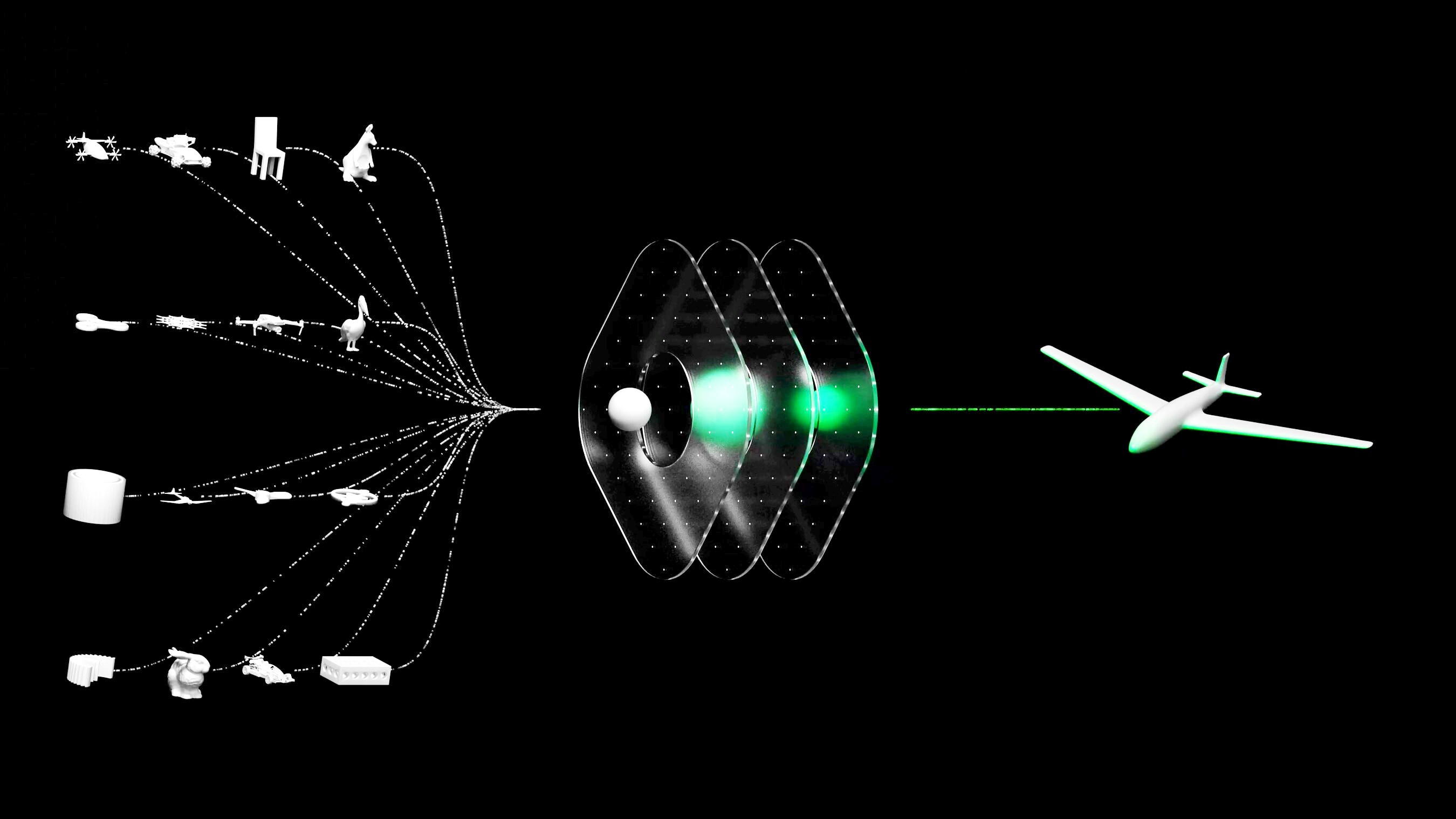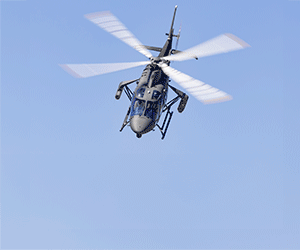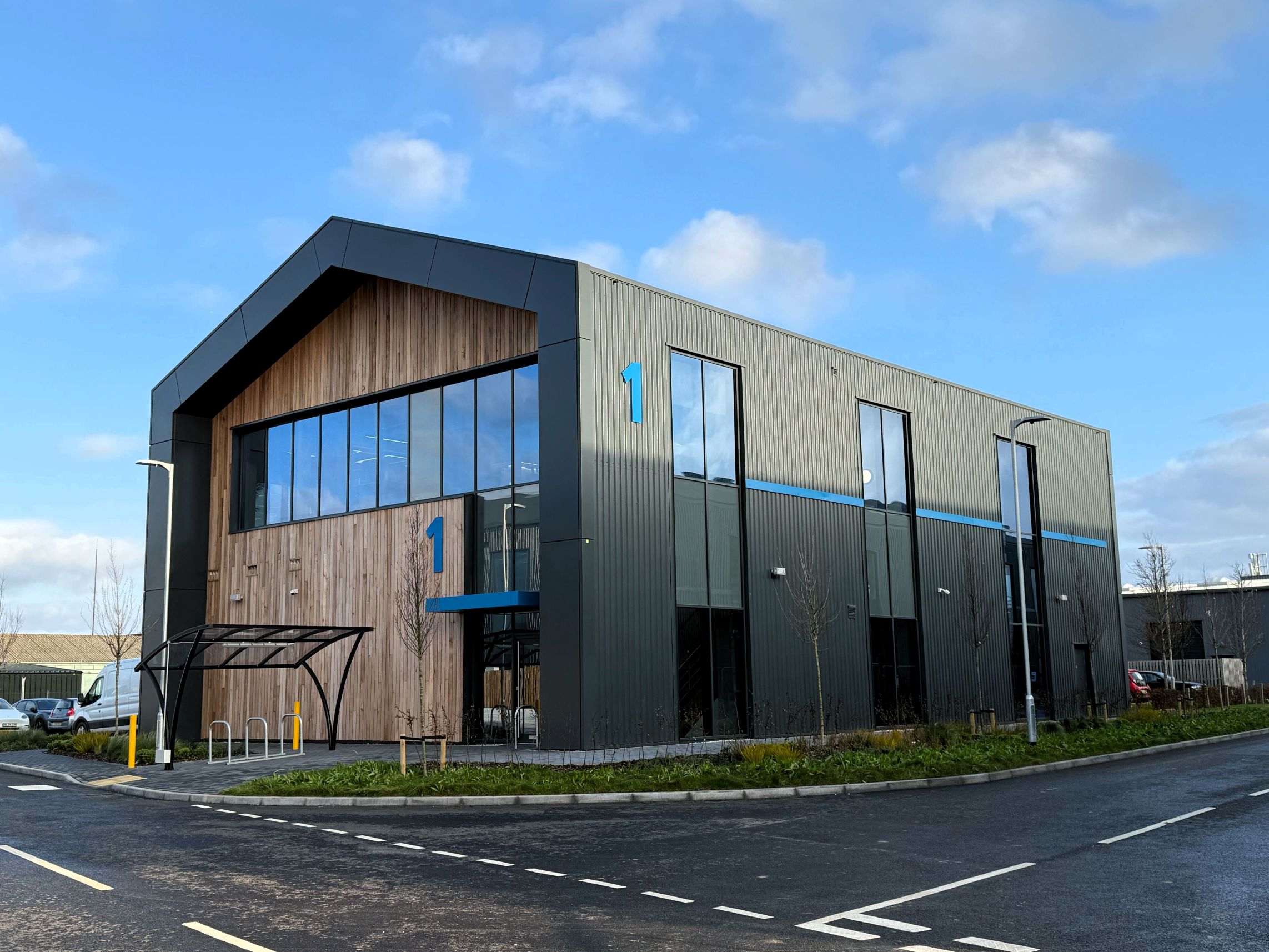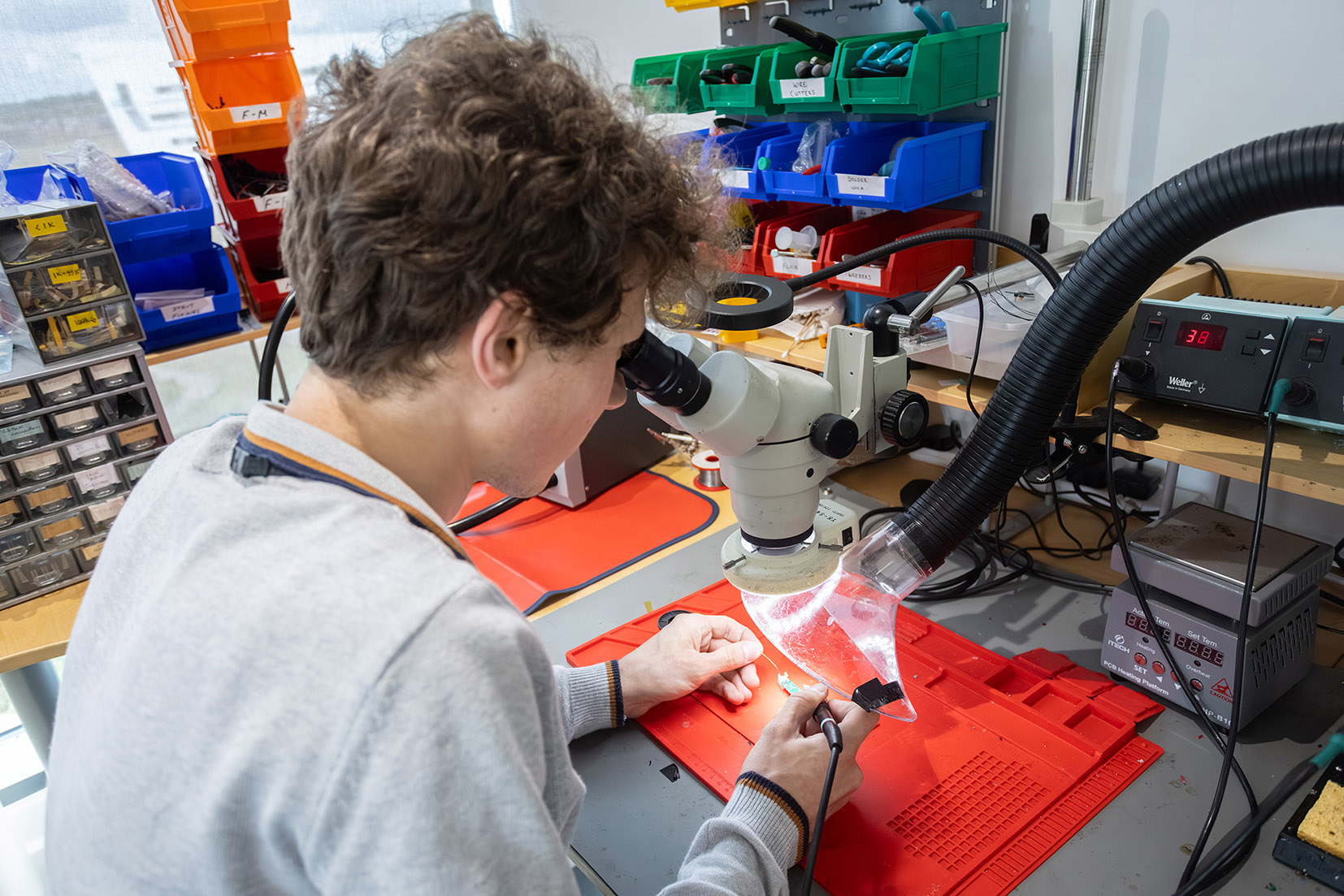PhysicsX introduces free-to-use 'AI for advanced engineering' to transform aerospace development

Image courtesy PhysicsX
Ai.rplane allows engineers to generate innovative aircraft designs in an infinitely wide design space and instantaneously assess the designed aircraft's potential performance.
Developed and provisioned on AWS, LGM-Aero was trained on more than 25 million meshes, representing more than 10 billion vertices, and a corpus of tens of thousands of Computational Fluid Dynamics (CFD) and Finite Element Analysis (FEA) simulations generated with Siemens Digital Industries tools. It is a fully trained model that generalises to a broad set of aeroelastic applications. It also infers aero performance, flight stability and structural stress for a large class of flying shapes as a zero-shot model. This technology creates geometry and assesses performance results in less than a second, compared to the several hours required for traditional numerical simulations.
"We are delighted to work with PhysicsX as they develop their first Large Geometry Model and release its showcase application Ai.rplane," said Ozgur Tohumcu, General Manager, Automotive and Manufacturing, AWS. "This technology will accelerate the transformation of engineering in Advanced Industries for AWS customers, enabling them to bring their products to the market faster while increasing product performance. We've been impressed by PhysicsX's pace of innovation and look forward to deepening our collaboration."
In one seamless operation, the technology creates novel designs, predicts lift, drag, stability, structural stress and other attributes for each shape, then optimises the design according to the user's preferences. When used in industrial applications, this workflow reduces development time from months to hours.
"In the same way that large language models understand text, Ai.rplane has a vast knowledge of the shapes and structures that are important to aerospace engineering," said Jacomo Corbo, co-founder and CEO of PhysicsX. "The technology can optimise across multiple types of physics in seconds, many orders of magnitude faster than numerical simulation, and at the same level of accuracy. We're excited about what LGM-Aero brings as capabilities to our customers while recognising that it is also an important stepping stone towards developing physics foundation models."
LGM-Aero was developed using an extensive set of simulation technologies from Siemens to automate and scale the generation of high-quality training data, as well as AWS Batch and Amazon EC2 to scale compute during training. It is available on the PhysicsX AI engineering enterprise platform, which is trusted by some of the most sophisticated engineering and manufacturing organisations across advanced industries.
"We are thrilled to continue to build on our deep collaboration with AWS and to announce the release of LGM-Aero and of Ai.rplane. This is a first step in transforming the way engineering is practiced in Advanced Industries," added Robin Tuluie, founder and chairman of PhysicsX. "Over time, we will bring new capabilities to LGM-Aero and to Ai.rplane, allowing users to select powertrains, add controls and further content to reach mature designs in days rather than months or years."
LGM-Aero and Ai.rplane are available on the PhysicsX AI engineering platform.
Ai.rplane is free-to-use and accessible via airplane.physicsx.ai.












